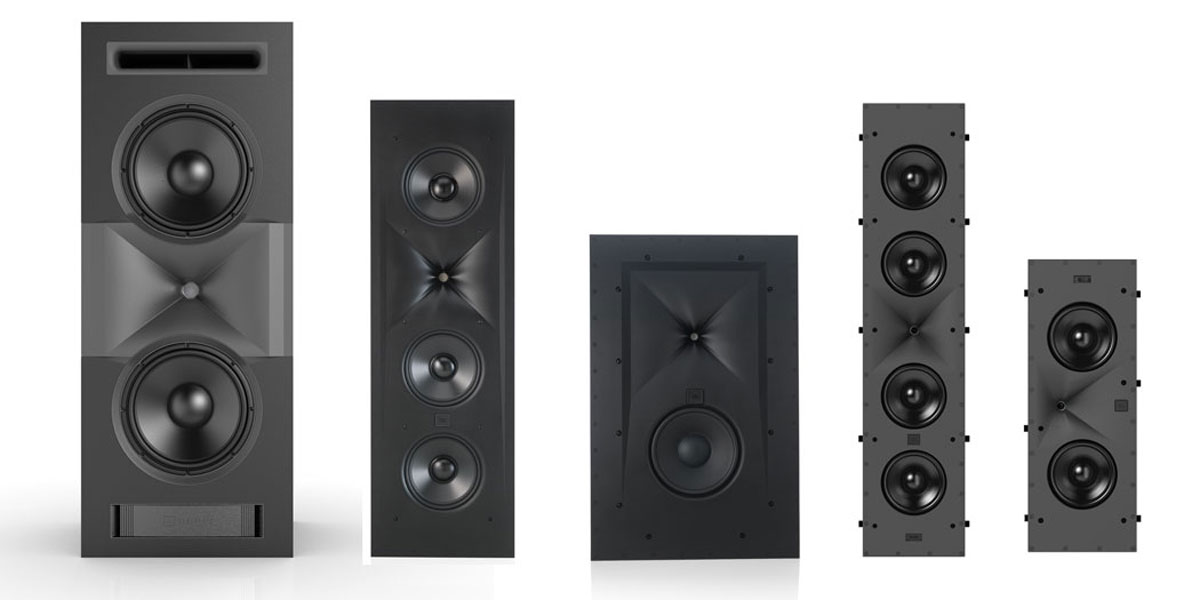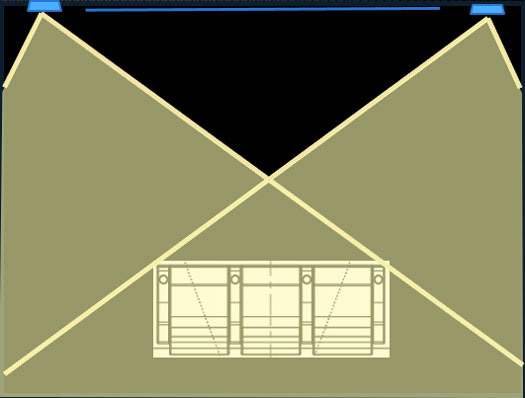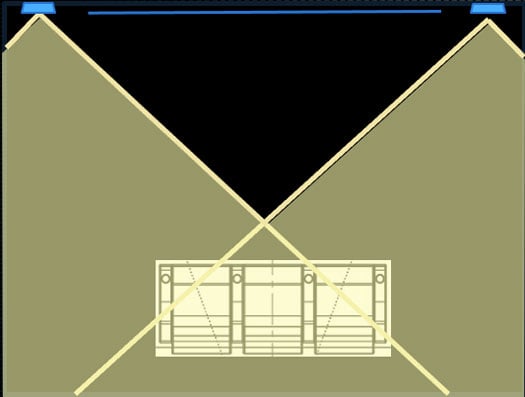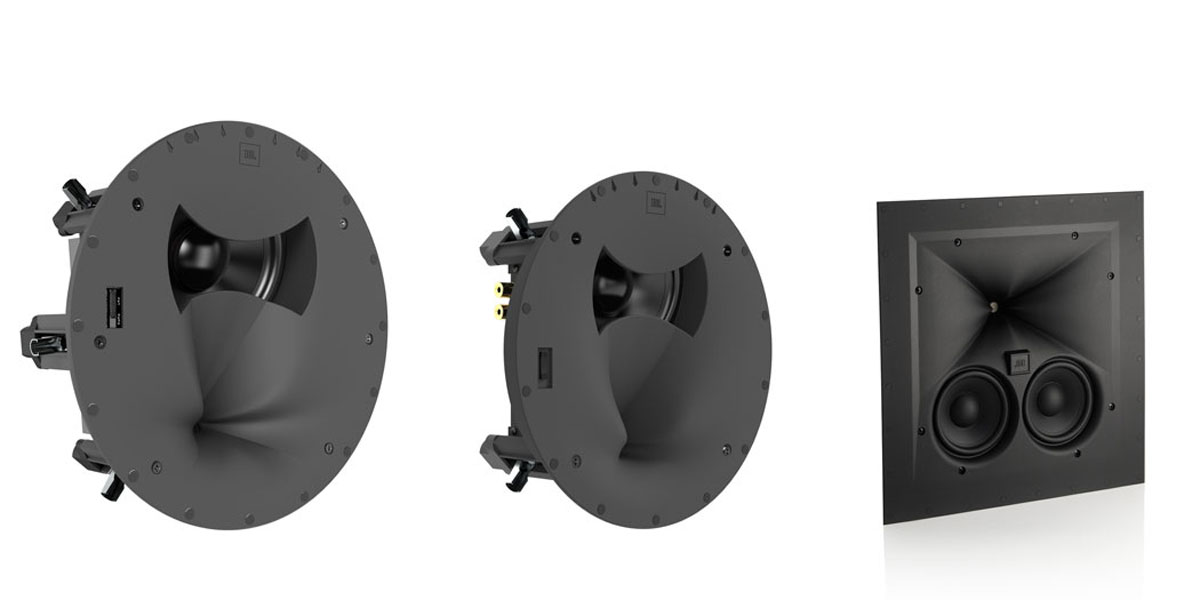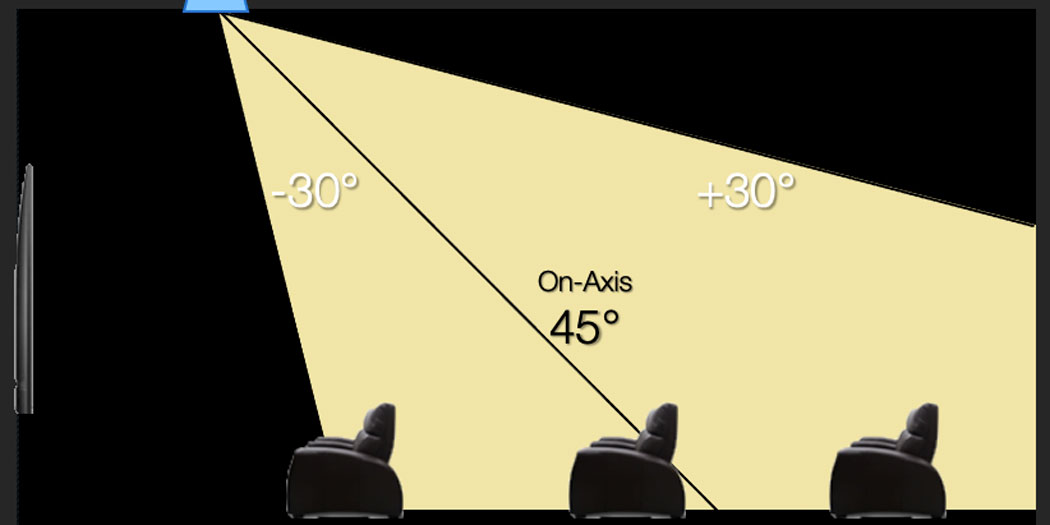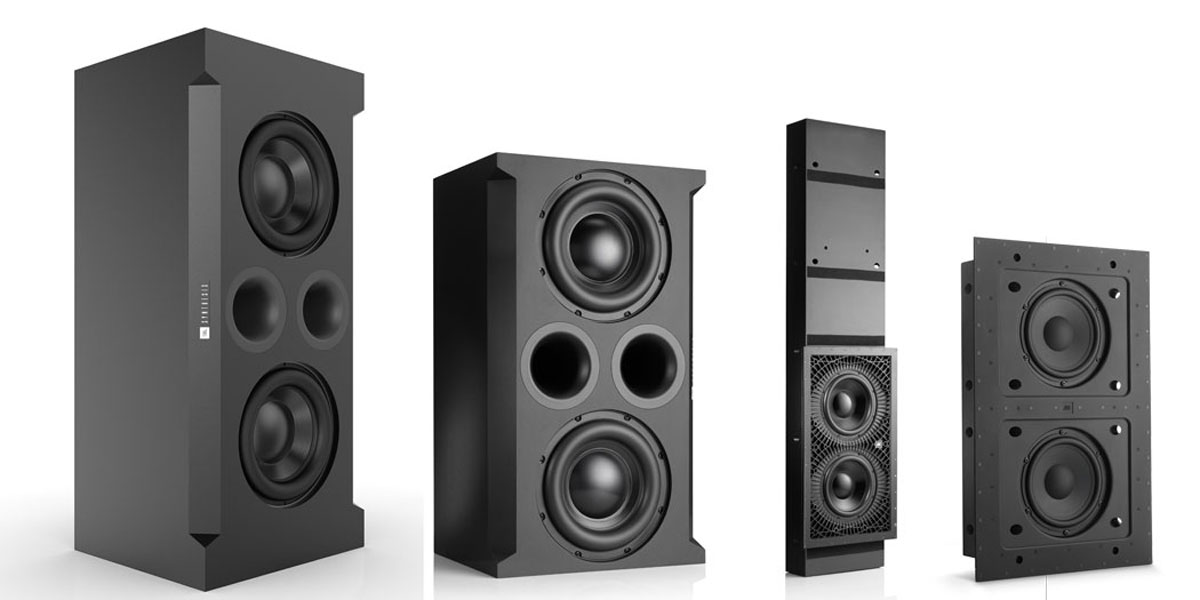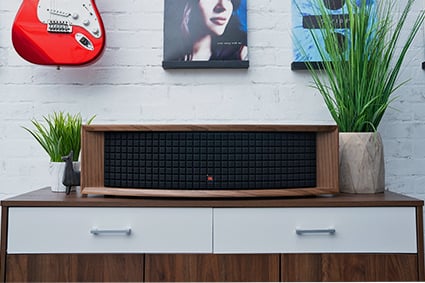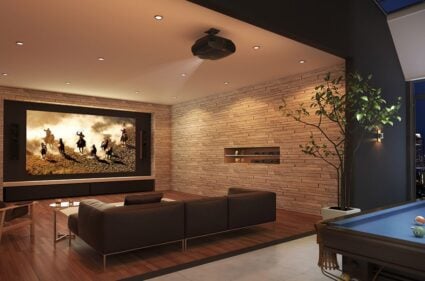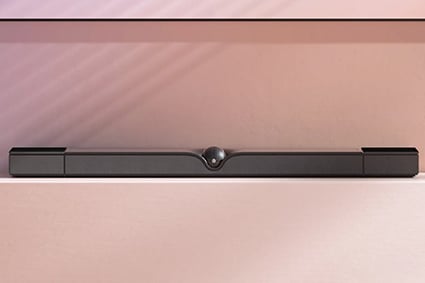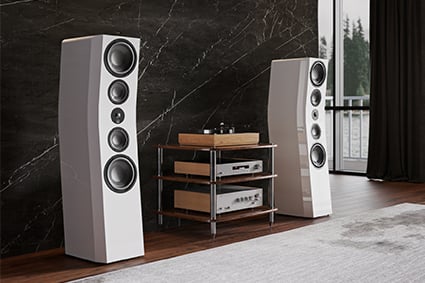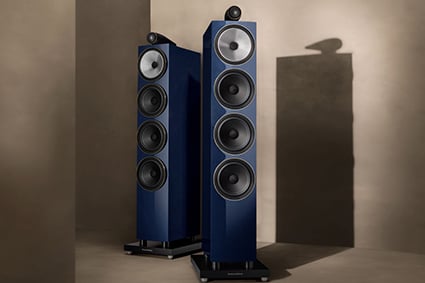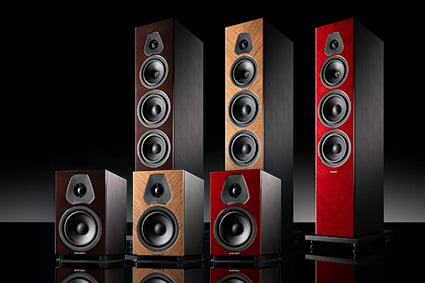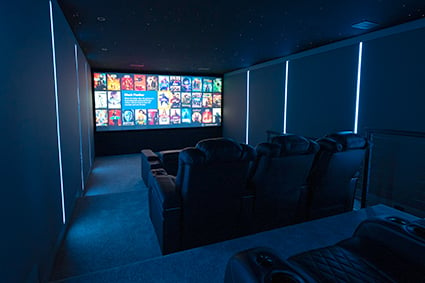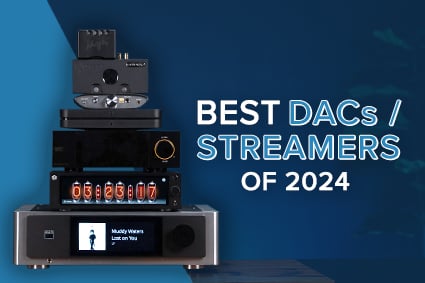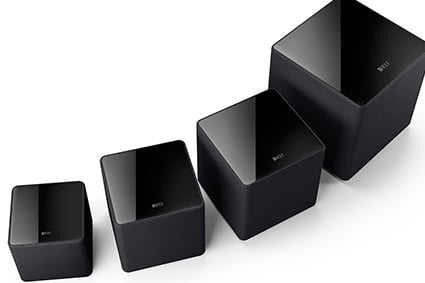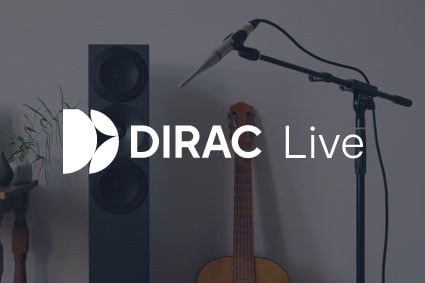If you want to dive deeper into the JBL Synthesis concept, check out our full in-depth JBL Synthesis overview.
Since its beginning in 1992, JBL Synthesis has evolved to cover a wider range of home theater sizes and budgets. JBL has pushed the envelope at the top end of the Synthesis range to incredible levels, but better yet, by using some trickle-down technology, there is now an expanded series of Synthesis components that greatly reduces the price of a complete Synthesis system.
The SCL and SSW models are the meat of a complete Synthesis system. These are a series of speakers and subwoofers you would use for all of your speakers in a Synthesis home theater system.
We will take a look at the features and technology all of these models share, then dive into the differences between them to help you pick the best ones for your dream home theater.
When you are thinking about the preliminary design of your home theater room, we have developed a great tool for you, and it's free! You can enter your room dimensions and play around with different types of speaker configurations to see what types would work best for your space.
Audio Advice is the only dealer in the US authorized by JBL for online sales and support. Our team of experts can help you design your ultimate JBL Synthesis home theater, then using video chat and remote login, help you perfectly configure and calibrate your system. Now let's look at some of the reasons we love the JBL built-in speakers.



